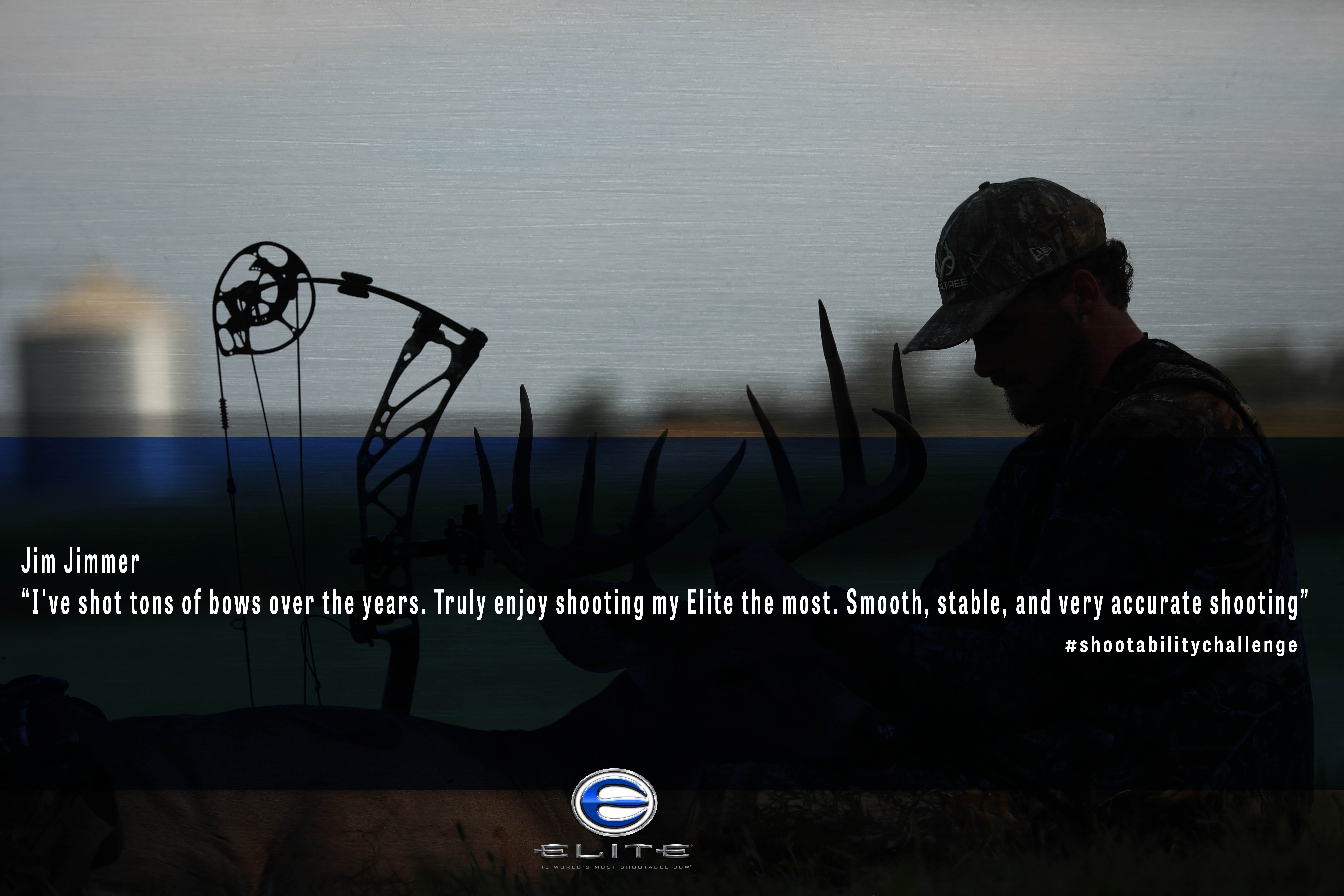Bows have evolved. They have gotten faster, more efficient and lighter than ever before. With every new improvement in bow technology a wave of new tuning requirements arise. As a professional shooter I earn my paycheck from being able to understand and adapt to the new equipment. Tuning has become an everyday thought that passes through my mind. How can we make it better? What can I do to change it? Is there something I’m overlooking that is right in front of me? These kinds of questions are how new product comes to fruition and how problems are solved.

Several years ago, I was one of many that thought if a cam was leaning in one direction or another that a bow could not be very accurate. I remember back in the late 90’s shooting a Jennings Speed Star XLR; it was my first single cam bow and it had 80% let-off. The cam was leaning considerably to the left, but the bow tuned great and I shot it very well! On the 3D course, I was averaging about 10 points higher every event with this new single cam technology but I hated the cam lean. A friend of mine had more limbs and I swapped him for a set - but the cam didn’t lean after I changed it yet I struggled to get the bow to tune. I didn’t understand the reason or even how to fix it other than to change them back.
Fast forward 20 years and I can now shed light on my situation from the past. Cam lean is essential for optimal tuning. A testimony to this statement is a few years ago I witnessed Tim Gillingham win the IBO world championship with a bow shooting over 340 fps. At that speed a bow must be at peak performance and tune to be accurate. His top cam had so much lean to it that I was nervous that the string might actually come off when the bow would fire (that’s a bit of an exaggeration but it’s helpful for creating a visual image). It was a tremendous amount of lean! But he had that bow shooting fantastic and his arrows flew like darts. So it couldn’t have been wrong.
Here's a blog on Simple Bow Tuning by pro staffer Tyler Marlow.
Cam lean is necessary and even desirable for tuning your bow to fit you. Many different types of cams and eccentrics are on the market today but all greatly benefit in tuning by having the ability to adjust cam lean. And whether you have a binary, dual or single cam design it’s cam lean will affect your bows performance. The question is, “how do you know when to adjust it?”.

Every bow model has a general measurement for finding center-shot. Once that is established, if you begin to paper tune your bow and find that adjusting the arrow rest is not adequately fixing your tuning problems, then go to the cams. It is not paramount that your cams lean equally. Sometimes, depending on the type of eccentric design and limb load, it is not even possible. If the paper indicates a left tear then you will want to make your cams lean towards the left and vice versa. Oftentimes, I have found that moving a cam .020 to the left or right (depending on the direction needed to fix the problem) will take away a 1” tear. If this procedure is done on both top and bottom cams it can have a dramatic effect very quickly. Moving a little bit at a time is usually the best method to fine tuning using cam lean.
What’s acceptable cam lean? Personally, I don’t have a set limit. I feel that if a tremendous amount of lean is necessary in order to tune the bow for me then I will give it what it wants. Remember that we are all different and archery requires personal fitting. Tuning a bow to the individual is as necessary as the individual personally setting the sights. Good luck and happy tuning!
By: Nathan Brooks
More blogs from Elite Archery's Pros









.png)
